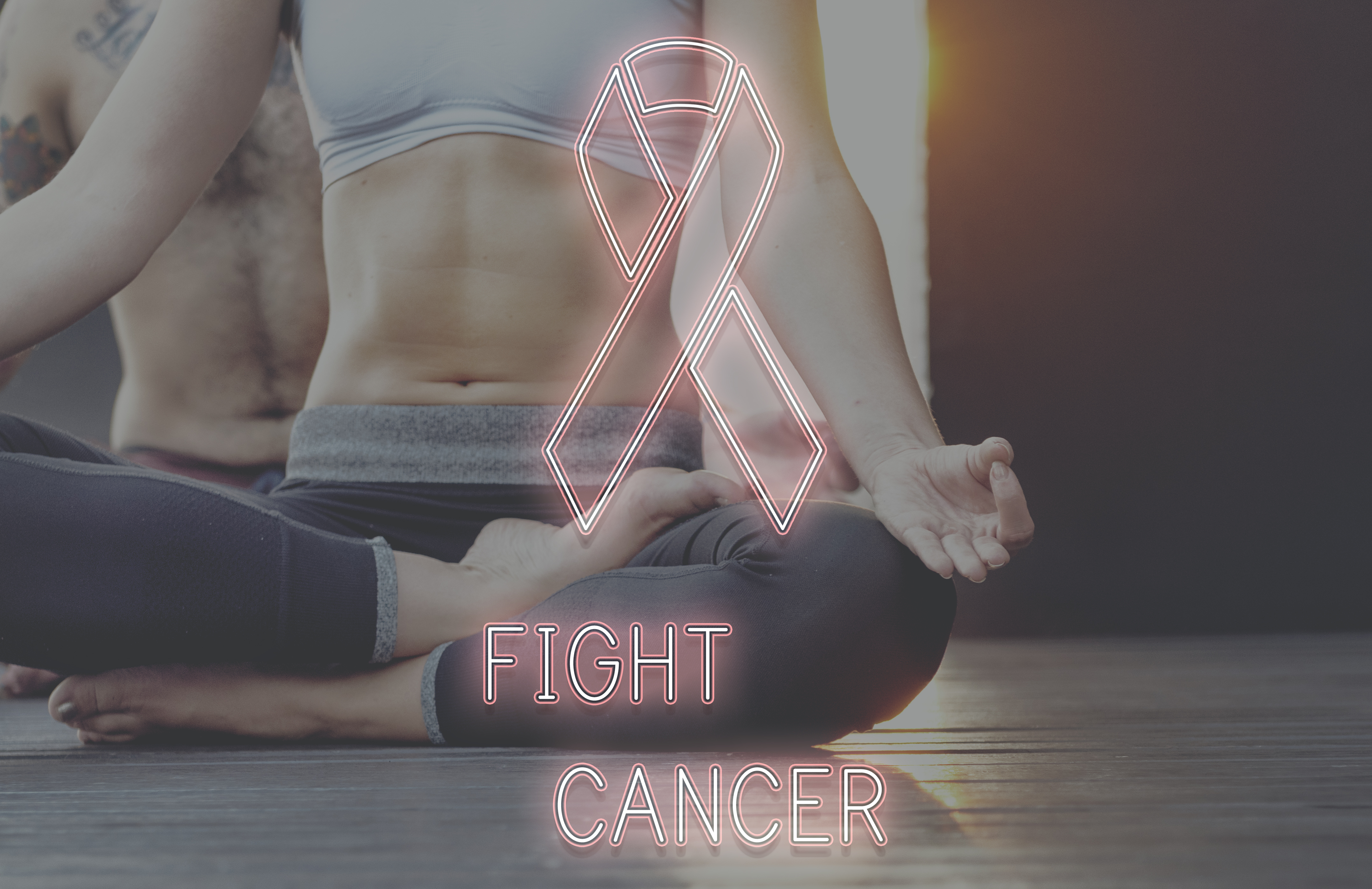I’ve credited yoga to saving my own life after cancer. The mind, body connection I found was something that helped heal me from the inside out. Yoga is a moving meditation that allows you to reconnect with yourself, clear your mind, and truly- just breathe. Letting go of the outside noise of daily reminders, task lists, and taking time for yourself on your mat, can provide stillness during what feels like an emotional roller coaster. Through breathe and movement, yoga provides the ability to calm the mind, ease tension or anxiety, and can improve quality of life. The practice of yoga is becoming widely popular among cancer patients, and more often recommended by doctors.
After several surgeries in my abdomen and pelvis, my doctor recommended yoga. What I thought would only be exercise, turned out to be so much more. Through yoga, I found my self-acceptance again, my post cancer confidence. Dr. Yoga, aka Dr. Jimmy Kwok, focuses on the practice of yoga to support recovery in cancer patients and survivors. His research and expertise is highly sought after as an alternative therapy and support tool for many. He was kind enough to share his passion for yoga and healing with me.
1. How did you get involved in the practice of yoga as a treatment/recovery support for cancer patients?
Dr. Yoga – I first started practicing yoga (ashtanga) whilst still at University of Cambridge. When I started, I couldn’t get through 5 rounds of sun salutations! Whilst I was completing a doctorate degree at Imperial College NHS Trust, there was a Maggie’s Cancer Centre on Campus, and I started taking an interest in researching the interest of yoga for cancer patients & subsequently went and got certified in India.
2. As a 3-time cancer survivor myself, I credit yoga for saving my life. In your words, why do you feel yoga is a life saver for patients such as myself.
Dr. Yoga – Yoga = mindfulness exercise; Less stress can lead to better prognosis, better adherence to chemotherapy/radiotherapy protocols and other side effects evidenced by numerous clinical studies (benefits summarised in my organogram!)
3. January is cervical cancer awareness month. What poses do you recommend for recovery after a hysterectomy or localized treatments in a woman’s body?
Dr. Yoga – It depends on the patient. To regain core strength or strengthen the pelvic floor area I recommend Wheel- modified or full wheel.
4. Lymphedema is often a result for breast cancer patients. I myself struggle with this in the groin area due to my cancers. What poses do you recommend for lymphedema, both in the groin and arm/chest?
Dr. Yoga – Supported shoulder stand for GYNAE patients, and extended side angle for BREAST patients with arm/chest lymphedema – You can find the full description in detail here: https://www.dryoga.co.uk/yoga-cancer-recovery-exercise-blog.php
5. If someone has never done yoga, how do you recommend they start?
Dr. Yoga – Get some 1 on 1 help with a qualified instructor specialized in yoga for cancer patients. You may want to start with some home based practice, and join a group class when ready!
6. Can you discuss the benefits of meditation? And do you have any resources for guided meditation?
Dr. Yoga – Yoga is a form of moving meditation. All associated benefits of mindfulness, such as mental clarity and mood swing reduction, help in understanding the nature of things more clearly. I recommend Vipassana meditation, originally prescribed in Buddhism as the most conducive/to generate insight for meditation.
One of the world renowned places to learn about Vipassana Meditation can be found here – https://www.dhamma.org/en-US/index.
7. Can you share with us a story of a patient and their recovery with yoga?
Dr. Yoga – One of the great benefits I see is patients using yoga as their ANCHOR in their daily life to help them move on, and keep the days going when chemofog hits. Yoga helps carry them through active treatment and get back to daily life.
Originally published at www.cancerhorizons.com


